Axil Fan
Axil Fan is a type of mechanical fan commonly used for moving air or gas parallel to the axis of its blades. Unlike centrifugal fans that generate airflow perpendicular to the fan blades, axial fans propel air in a straight line, making them ideal for applications where a high volume of air needs to be moved with relatively low pressure. They are widely used in HVAC systems, cooling towers, condensers, and various industrial processes. Axial fans are efficient in terms of airflow and are available in a range of sizes and configurations to suit different air movement needs.

Axil Fan
Components and Materials of
- Blades: Made from materials like aluminum, stainless steel, or composite materials. Aluminum is common for its lightweight and corrosion resistance, while stainless steel offers durability in harsh environments.
- Hub: The central part to which blades are attached, usually made of aluminum or steel for strength and stability of axil fan.
- Motor: Often housed within the fan assembly, motors can be AC or DC powered, and may include features like variable speed controls for efficiency.
- Frame and Housing: Supports and encloses the fan components, usually made of galvanized steel, aluminum, or sometimes plastics for lighter weight.
- Bearings: Used to support the shaft and allow smooth rotation, commonly made of stainless steel or other durable metals.
Axil Fan
Benefits of
- Efficient Airflow: They move large volumes of air with low power consumption, making them energy-efficient.
- Compact Design: They are often compact and lightweight, suitable for installations where space is limited.
- Cost-Effective: Generally lower in cost compared to centrifugal fans, especially for applications requiring high airflow but low pressure.
- Quiet Operation: Can operate with minimal noise, depending on the design and speed.
- Versatile Applications: Used in HVAC systems, cooling towers, electronics cooling, and various industrial processes due to their ability to move air effectively in a straight line.
- Low Maintenance: Typically have fewer moving parts and require less maintenance compared to other types of fans.
Other Chiller Spares We Manufacture
Scroll Compressor
A scroll compressor is a type of positive displacement compressor that uses two interleaved spiral-shaped scrolls to compress gas. One scroll is stationary,

Semi-hermetic Compressor
A semi-hermetic compressor is a type of compressor where the motor and compressor are enclosed in a single, sealed housing, but unlike fully hermetic compressors,
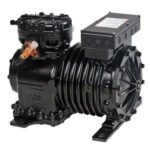
Hermetic Compressor
Hermetic Compressor is a type of compressor widely used in refrigeration and air conditioning systems. It features an airtight housing that encloses both the motor and the compressor,
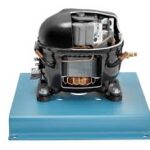
Screw Compressor
Screw Compressor is a type of rotary compressor that uses two intermeshing helical rotors to compress gas or air. As the rotors rotate, they trap and compress the gas
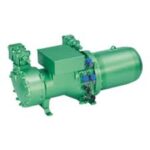
Reciprocating Compressor
A reciprocating compressor is a positive displacement device that compresses gas by using a piston driven by a crankshaft. The piston moves back and forth in a cylinder
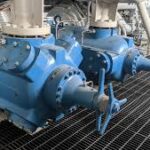
Rotary Compressor
Rotary Compressor is a type of gas compressor that uses a rotating mechanism, such as screws, vanes, or scrolls, to compress gas. The rotating elements trap and compress
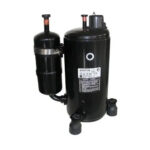
Refrigeration Gases
Refrigeration Gases, also known as refrigerants, are substances used in refrigeration systems to transfer heat from one area to another through a cycle of evaporation and condensation.

Condenser
Condenser is a key component in refrigeration and air conditioning systems that facilitates the transfer of heat absorbed by the refrigerant to the outside environment.
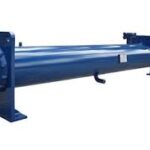
Chiller Pumps
Chiller Pumps, also known as condenser water pumps or circulation pumps, are essential components in chiller systems. Their primary function is to circulate water
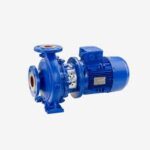
Chiller Control Panel
Chiller Control Panel is a centralized component of a chiller system that oversees and regulates the operation of key components such as compressors, pumps
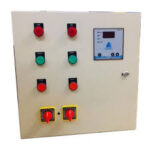
Expansion Valves
Expansion Valves are mechanical devices used in refrigeration and air conditioning systems to regulate the flow of refrigerant into the evaporator. They maintain a controlled reduction

Copper Pipes and Fittings
Copper Pipes and Fittings are commonly used in plumbing and HVAC systems due to their durability, corrosion resistance, and excellent heat transfer properties.

